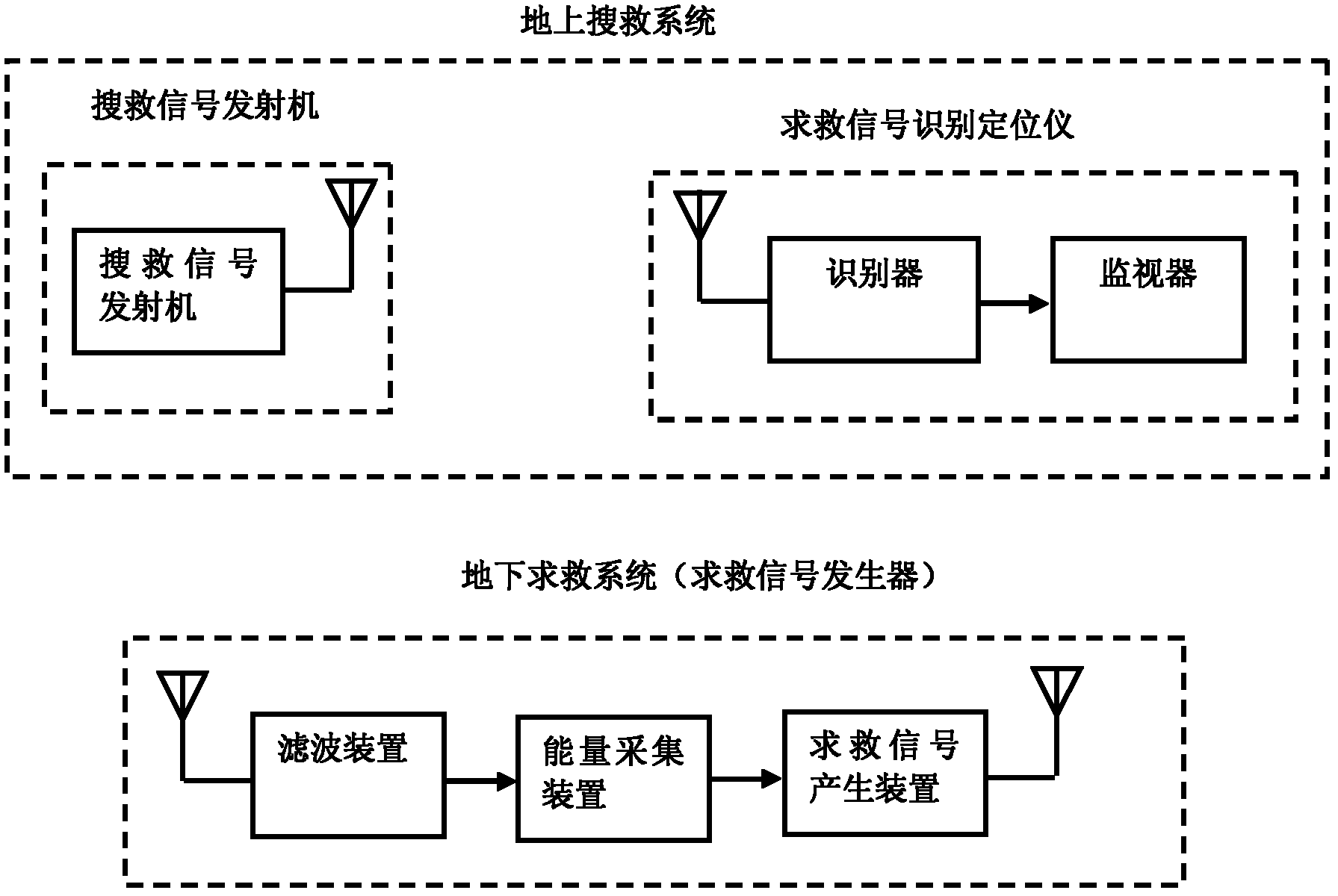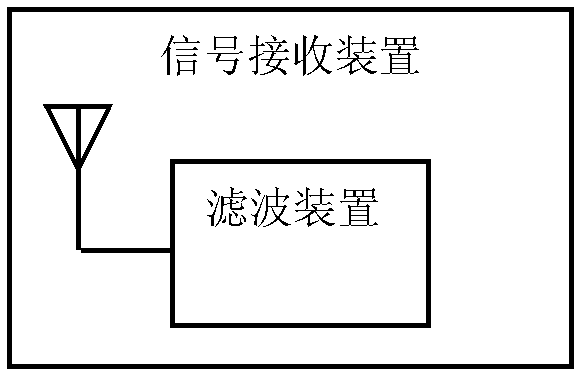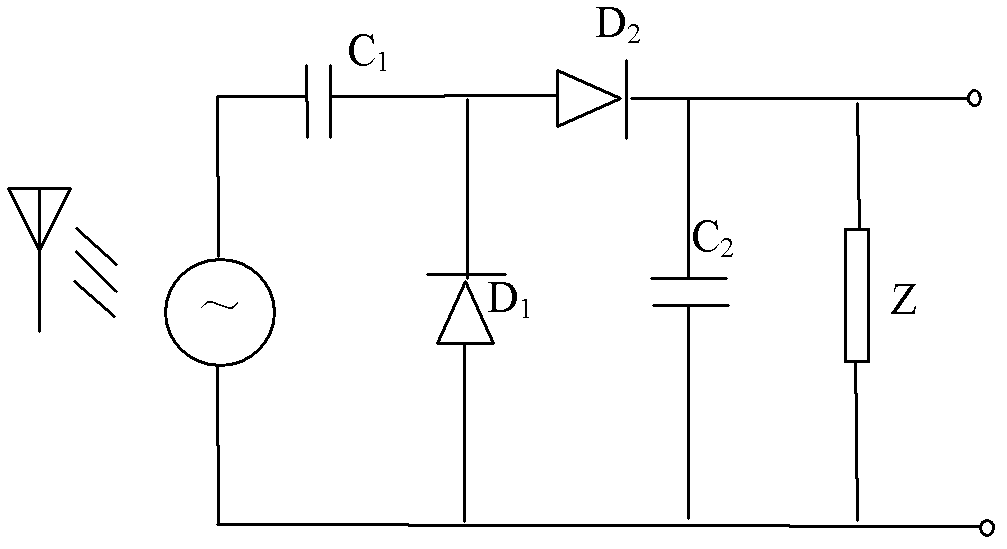Real-time post-disaster search and rescue method and system based on self-service sensor network
A sensor network and generator technology, applied in the field of communications, can solve problems such as the inability of search and rescue systems to function, the cost of electronic products is not cheap, and the efficiency of search and rescue, etc., to achieve low cost, improved measurement accuracy, and guaranteed timeliness.
- Summary
- Abstract
- Description
- Claims
- Application Information
AI Technical Summary
Problems solved by technology
Method used
Image
Examples
Embodiment Construction
[0034] Embodiments of the present invention: post-disaster real-time search and rescue method based on self-service sensor network, comprising the following steps:
[0035] S1, the search and rescue signal transmitter generates medium and high frequency signals with adjustable strength;
[0036] S2, the distress signal generator receives the mid-high frequency signal and converts it into electrical energy, and drives the distress signal generator to send a mid-high frequency distress signal of a specified frequency;
[0037] S3, the distress signal recognition locator seamlessly captures the medium and high frequency distress signals and determines the position and distance of the person in need of rescue.
[0038] In the above method, the intensity of the medium and high frequency signals described in step S1 can be adjusted manually, wired or wirelessly according to different environments, that is, the parameters can be manually adjusted on the panel or interface 1. Modify ...
PUM
 Login to View More
Login to View More Abstract
Description
Claims
Application Information
 Login to View More
Login to View More - R&D
- Intellectual Property
- Life Sciences
- Materials
- Tech Scout
- Unparalleled Data Quality
- Higher Quality Content
- 60% Fewer Hallucinations
Browse by: Latest US Patents, China's latest patents, Technical Efficacy Thesaurus, Application Domain, Technology Topic, Popular Technical Reports.
© 2025 PatSnap. All rights reserved.Legal|Privacy policy|Modern Slavery Act Transparency Statement|Sitemap|About US| Contact US: help@patsnap.com



